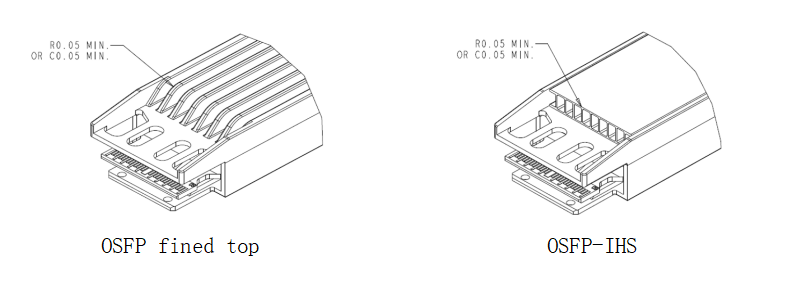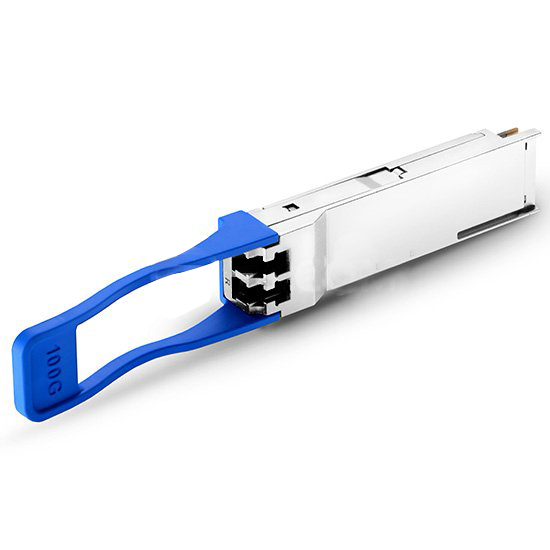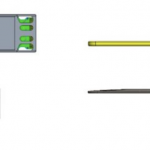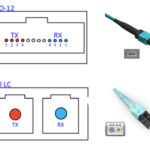Q1: What are the speeds supported on an 800G optical module?
800G optical module can support a range of speeds, depending upon their type. They can support:
- A single port of800 Gbps
- Two ports of 400 Gbps
- Eight ports of 100 Gbps
Q2: What is the channel distribution of the 800G optical module?
The 800G optical module uses 8a parallel channels (8 transmit channels and 8 receive channels), with each channel operating at a data rate of 100G PAM-4, thereby achieving a total bandwidth of 800Gb/s.
a: The current mainstream configuration is 8 parallel channels, but as technology continues to evolve, the number of parallel channels may be reduced to 4 or even 2 in the future.
Q3: What modulation techniques does the 800G optical module support?
The 800G optical module uses Pulse Amplitude Modulation 4-level (PAM4). PAM4 technology can encode all four states of two bits (11, 10, 01, and 00) using four different voltage levels within the same time unit, thus allowing PAM4 signals to transmit data at twice the rate of traditional NRZ signals.
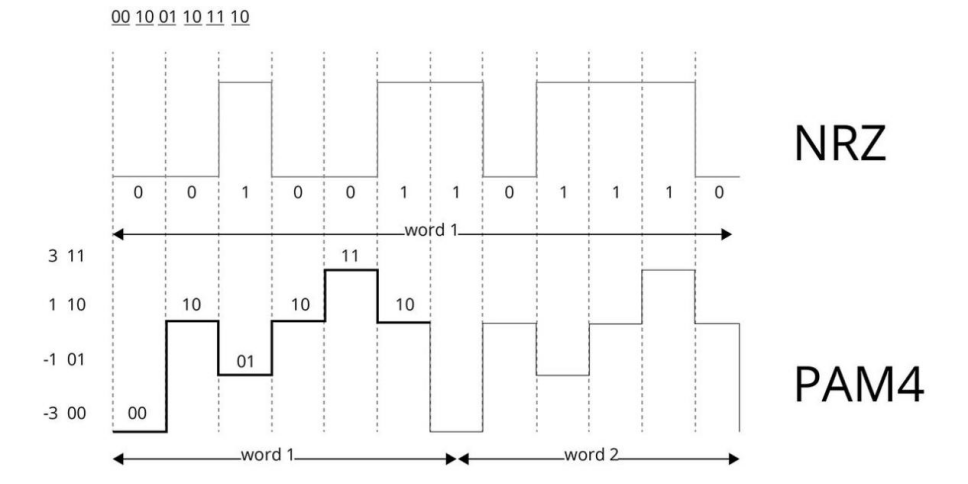
Q4: What is Clock Data Recovery (CDR)?
Clock Data Recovery (CDR) is a key technology used to extract clock information and recover data from the received signal. In optical communication, due to signal distortion over long distances, CDR ensures that the received signal at the receiver end is consistent with the transmitted signal at the transmitter end through its retiming function. CDR helps to reduce jitter and improve signal integrity and transmission distance.
Q5: Which standards does the 800G optical module follow?
The 800G optical module follows the IEEE 802.3-2022 standard.
Q6: What is the maximum power consumption of the 800G optical module?
The power consumption of the 800G optical module is typically between 13W and 18W, while ZR/ZR+ optical modules require around 30W.
Q7: What is the difference between OSFP and OSFP-RHS optical modules?
OSFP-RHS is an OSFP module with a riding heat sink instead of an integrated heat sink. The are two different form factors and cannot be supported on a common host.
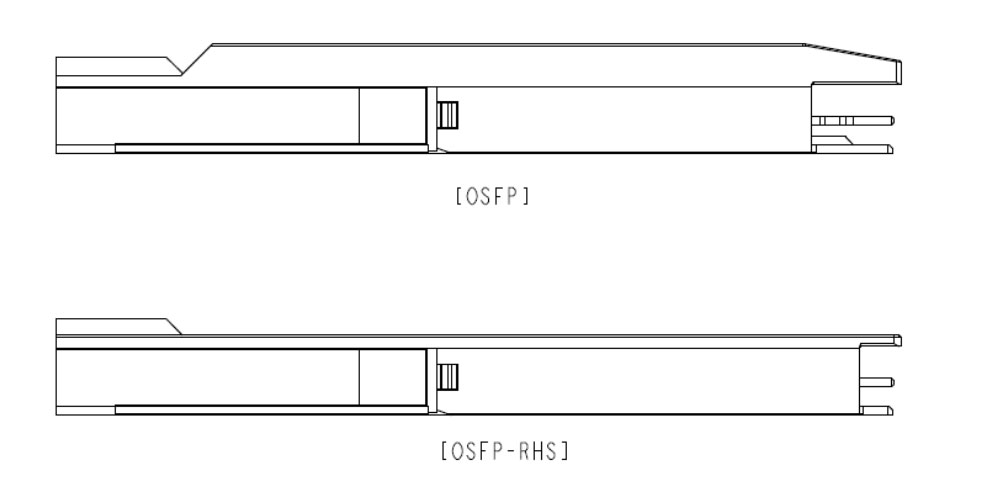
Q8: What is the difference between the heatsinks of OSFP fined top and OSFP-IHS optical modules?
The OSFP fined top optical module has an open-top heatsink, while the OSFP-IHS optical module has a flat, closed heatsink. The differences are shown in the figure below:
